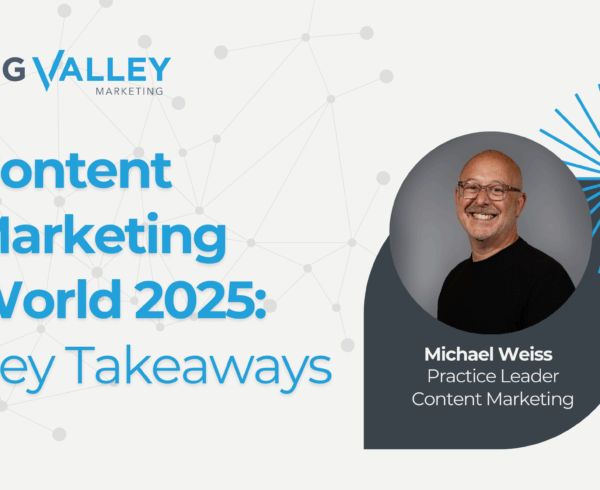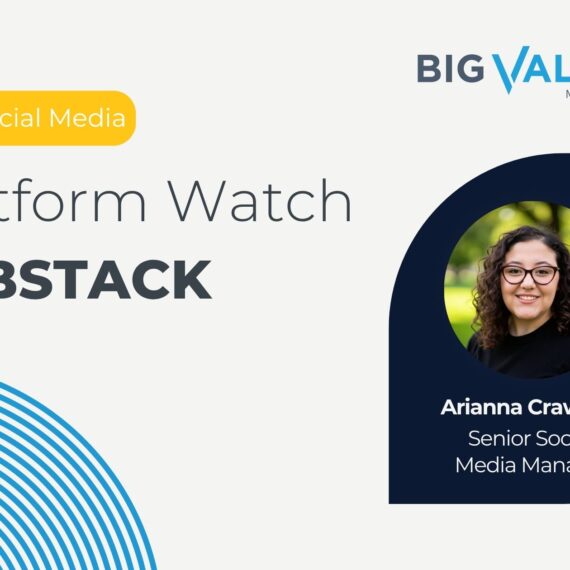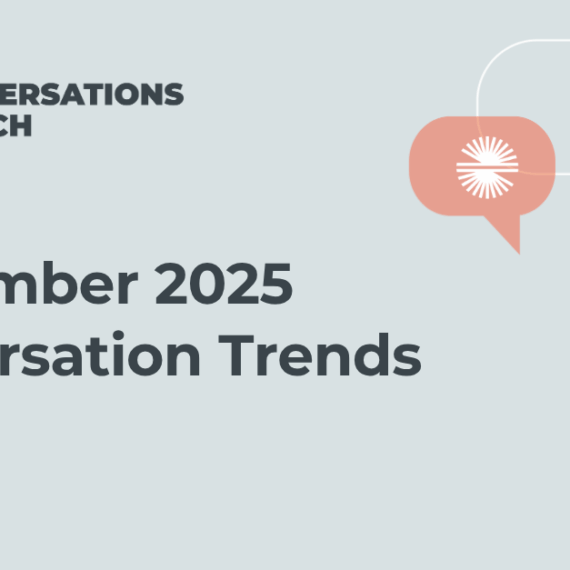When the healthcare industry is flooded with technology solutions to solve today’s challenges – how do you ensure your voice is heard?
One of the reasons I love working in software and technology is that it has the power to solve complex challenges – and if you work in healthcare, you know there are a lot of challenges to solve. Cost increases, health equity, value-based care, provider shortage, regulatory change, digitalization of data and workflows – take your pick.
Healthcare is still so vulnerable to cyberattacks with antiquated and disjoined systems and its richness of patient data. The industry is behind in meeting patients’ needs and servicing them with the same conveniences they expect from Uber and Amazon. And, with so much red tape and regulation, the stories that matter the most can get lost in the fray.
So – if you’re a promising technology company ready to serve and advance the mission of patient-first healthcare – how do you break through all this noise and connect in a meaningful way with your customer?
Hint: It’s not just advertising.
The key is to become the leader and the problem solver for your customer’s needs. You are the guide, and they are the hero, focused on their patients. And there are very specific strategies you can take to get noticed by your ideal customer.
1. Create Content That Helps Your Customer in their Mission
If you want to stand out in a crowded market, you need to know your customer and the three key challenges they are facing. Then, create content that helps your customer either learn or take action on those challenges.
One client of ours helps companies identify cyber threats, and they create a Threat Report and share that with prospective customers to provide value before they are even a customer.
Take action: What is a core challenge of your ideal customer, and what content could you create that would help them with their goals?
2. Choose Consistency over Perfection
Yes, we would all love to be on the front cover of the New York Times to bring awareness to the solution we are providing for the market – but, that single piece of coverage, albeit high visibility, is a flash in the pan.
To be top of mind for your stakeholders and influencers, consistent, steady storytelling across important publications will be much more influential than a one-hit-wonder.
For one of our life sciences clients, we are placing their news in the top 25 trade publications 8-10x per month and their coverage has increased YOY by 44% and they own their brand association topic. Consistent, steady coverage means they are top of mind when it comes to decision-making time for their industry.
Take action: What do you want to be known for in your market? Write down two keywords and build a content plan for one year to own that brand association.
3. Prioritize Media & Influencer Engagement
As a former VP of Marketing, I remember the question well…”But what’s our ROI on public relations?” This is the million-dollar question of modern marketing and our ability to track everything.
At the end of the day, we are still human, and not everything can be tracked on a spreadsheet. Your customers read the news, they read important publications, and they talk to their colleagues. They ask what’s working and what’s not working. They look to influencers for advice and research.
In addition to strategic advertising, showing up in media and influencer content is important for third-party validation. It’s a piece of the pie when a customer is making decisions, and a compelling story written by their favorite journalist about your company could be the tipping point for influencing a new sale.
Take action: Make a list of the publications or influencers in your industry. What is your customer reading? Work with your firm to identify those targets, build relationships, and see how you can offer them valuable content. Hint: strong POVs and industry-wide data trends are winners.
Each of these strategies builds a sophisticated well of content that goes deeper than advertising and helps paint the full picture for your customers. As many people are involved in healthcare decisions, the need to reach and influence many is key to driving awareness of your company and creating those meaningful connections that lead to new deals in the pipeline.
A media and communications strategy isn’t just extra to a marketing strategy – it’s a key component to driving those results.
Meet up with us! If you’re going to be at HIMSS, let’s meet up and chat about your marketing and communications goals. mjohnson@bigvalley.co











